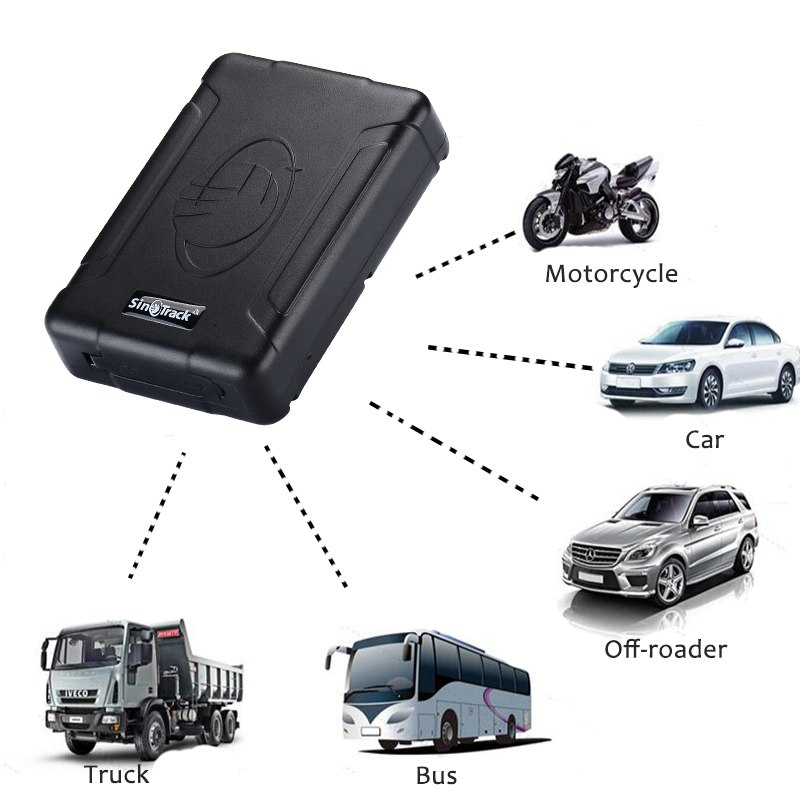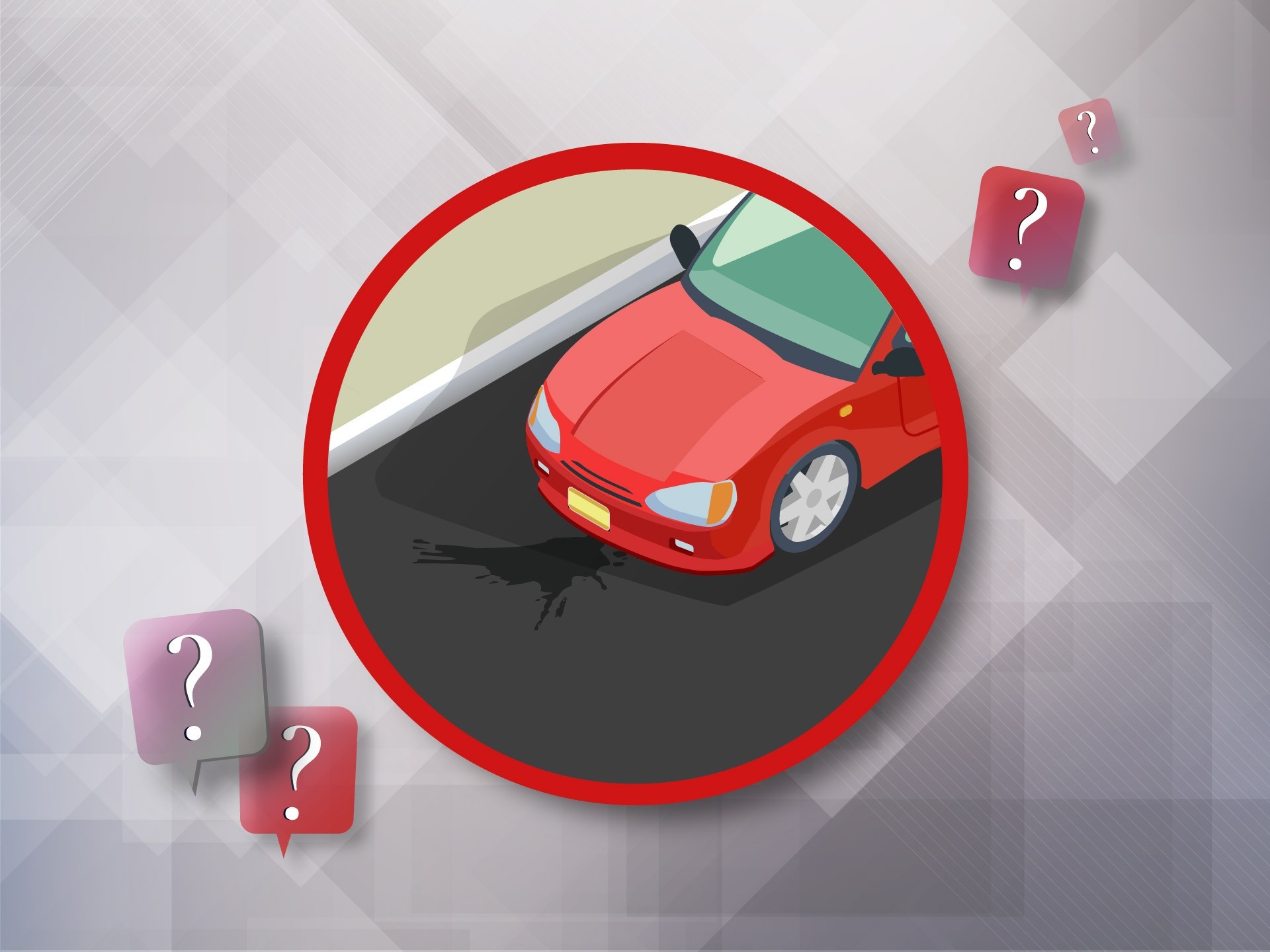
How to Decide Which Vehicle Tracking System to Buy
There are vehicles for every purpose, be it for personal use or business. Sometimes you may need to know where your car is. This may be because:
- You can't remember where your car is parked
- You want to keep track of where your teens drive
- You have suspicions about the whereabouts of a spouse or other trusted person
- Your company vehicle is on delivery
- Your car has been stolen
If you need to know where your car is for any reason like this, a car tracking system might be what you need.
There are several different types of car tracking systems, each with several models and styles available.
Part 1 of 2: Get a Passive Vehicle Tracking System
Passive vehicle tracking systems can record the location of a vehicle over a period of time. It is called a passive system because it does not send information anywhere during use. It simply records the vehicle's location and route and stores them in the built-in memory. Then it needs to be downloaded to the computer to view the information so that you can view the tracking history of the vehicle.
Passive tracking systems are usually motion-sensitive and turn on when the vehicle starts moving. Since most passive tracking systems are not connected to a network, they require battery power to operate. The device will continue to collect data until the memory is full or the battery is too weak to turn on the device.
Passive systems are also great if you don't need the ability to constantly track your vehicle, or if you need to switch the tracker between vehicles.
There are several advantages to using a passive vehicle tracking system:
- No monitoring or subscription costs are required.
- The system is easy to use and does not require complex software.
- There is no need to maintain a constant connection via a cellular or satellite signal.
- The system is usually weather resistant, so it can be installed both inside and outside the vehicle.
- The device is usually more compact and difficult to detect.
Step 1. Decide if you want to control the tracking device remotely.. A passive system does not transmit a signal and cannot be monitored in real time.
If you can wait for the car to return to download the information, a passive system may be a good choice.
Passive vehicle tracking devices often use a USB connector to connect to a computer.
Step 2. Think about your budget for a car tracking system.. An unsupervised passive vehicle tracking system usually only costs a couple of hundred dollars, while an active tracker is usually more expensive, plus a subscription is required to view the vehicle's location.
Step 3: Decide if your vehicle tracking system should be invisible. If you don't want the vehicle operator to know you have a vehicle tracking system, a passive tracker might be the way to go.
Passive tracking systems are often compact and can be placed in small spaces to remain undetected.
Passive trackers can also have a magnet, allowing them to be quickly installed in hard-to-reach places outside the vehicle.
Many passive trackers are weatherproof so they can be discreetly mounted inside or outside of a vehicle.
Part 2 of 2: Get an Active Tracking System
Active vehicle tracking systems are much more advanced, including cellular or satellite tracking capabilities for your vehicle. The system is usually hardwired or connected to your car's data port, but can sometimes be battery powered.
When the vehicle is turned on or in motion, the tracking system turns on and provides real-time data that can be tracked by a remote user. The system can tell you the location of the vehicle, as well as its speed and direction, and can also record a history of where the vehicle has been for later retrieval.
Active vehicle tracking systems are best suited for a permanent solution such as vehicles or vehicle security.
Step 1: Decide if you need a vehicle tracking system for security purposes. An active vehicle tracking system is usually indicated on the car window to deter potential thieves from targeting your vehicle.
If your vehicle is stolen, you will be able to track its location in real time, helping the authorities to find the perpetrators and locate your vehicle.
Some remote start devices or car alarms, such as the Compustar DroneMobile, have GPS tracking features built into their systems.
You can also turn off the engine with some vehicle tracking devices if it has an engine shutdown feature.
Step 2: Consider whether you need continuous tracking capabilities. If you have a vehicle for work that you need to monitor, an active vehicle tracking system is the best choice for you.
Active tracking systems are a great choice if you have lent your car to your child who is still under curfew or has been ordered to stay within a certain radius.
Some GPS tracking systems include an alarm that tells you if your vehicle leaves a set boundary.
Active tracking systems require a monthly subscription to view your vehicle's tracking data. Fees are similar to the cost of a basic cell phone package.
With an active vehicle tracking system, you will always know where your car is. With a passive vehicle tracking system, you will be able to find out where your vehicle has been. Choose the system that best suits your needs.
